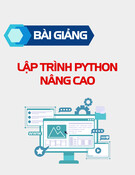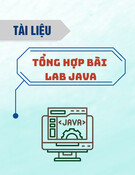
Ho Dac Hung
Introduction
1

Desktop computing
2

Desktop computing
3

Operating Systems
4
Operating system software is run automatically
when the computer is turned on and is used to
control processing and peripherals, run
applications software, and control input, output.

Enviroment
5
Enviroment refers to a computer’s hardware and
software confirguration.



![Bài giảng Lập trình C cơ bản: Tuần 13 [Mới nhất]](https://cdn.tailieu.vn/images/document/thumbnail/2024/20240503/codabach1016/135x160/1511714732838.jpg)
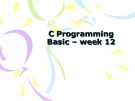
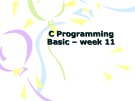
![Bài giảng Lập trình C cơ bản: Tuần 10 [Mới Nhất]](https://cdn.tailieu.vn/images/document/thumbnail/2024/20240503/codabach1016/135x160/9751714732844.jpg)
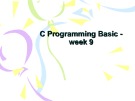

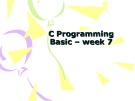



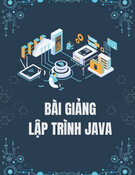


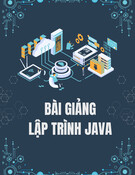
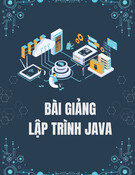
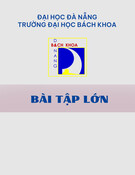
![Hệ thống quản lý cửa hàng bán thức ăn nhanh: Bài tập lớn [chuẩn nhất]](https://cdn.tailieu.vn/images/document/thumbnail/2025/20251112/nguyenhuan6724@gmail.com/135x160/54361762936114.jpg)
![Bộ câu hỏi trắc nghiệm Nhập môn Công nghệ phần mềm [mới nhất]](https://cdn.tailieu.vn/images/document/thumbnail/2025/20251111/nguyenhoangkhang07207@gmail.com/135x160/20831762916734.jpg)



